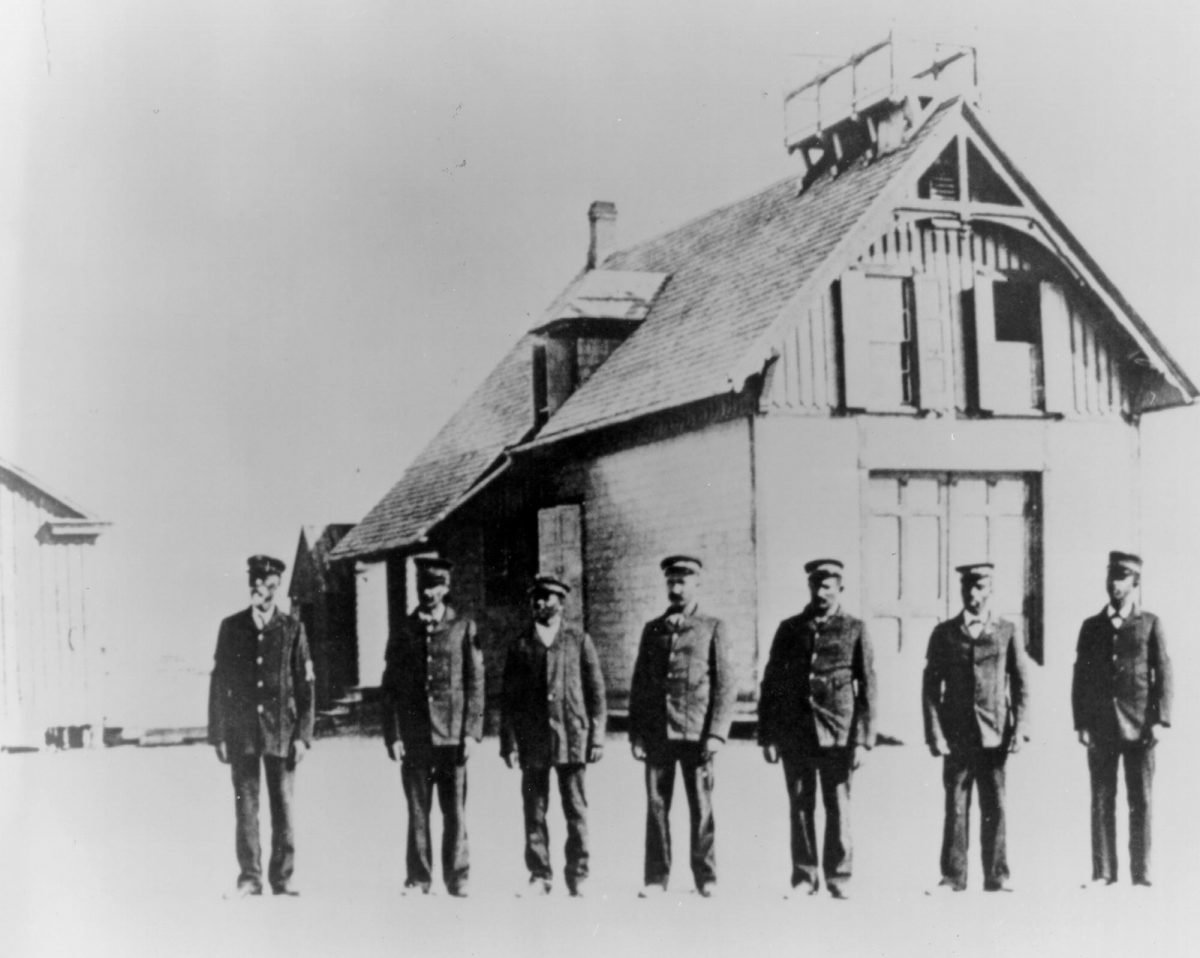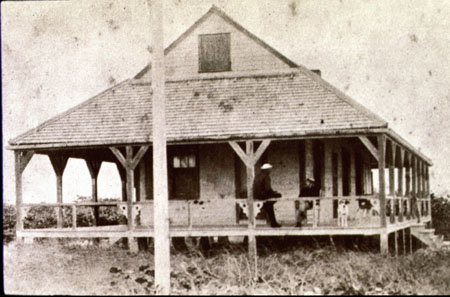People rarely create something for no reason. Houses are built for a purpose, and a life-saving station and a house of refuge in Crane’s novel are no exception. Despite the fact that both a life-saving station and a house of refuge in Crane’s novel seemingly share common features, their distinction comes in full blue when viewed through the lens of different social strata.
Even though both of the houses are referred to as the symbol of both physical and spiritual salvation, the shelter where one can survive a storm and at the same time reconcile with the foes: “At these times they were uncanny and sinister in their unblinking scrutiny, and the men hooted angrily at them, telling them to be gone” (Crane), the two houses bear a clear distinction from each other in terms of what exact ideas they embody.
It is quite remarkable that the difference between the two houses comes into the limelight as the correspondent, who clearly incorporates the elements of media as the author perceived it, cunning, two-faced and at the same time all-embracing, knowledgeable and resourceful, the cook, who plays the role of a comic relief in the story, strike a conversation: “In disjointed sentences the cook and the correspondent argued as to the difference between a life-saving station and a house of refuge” (Crane).
Seeing how the two opponents represent different social roles, with the correspondent obviously being one of the members of the élite, and the cook belonging to a less glorified third class, the opponents offer a very interesting method of differentiating between the two buildings, which is practically based on the structure of a society.
Indeed, while for a white-collar that the correspondent is, the difference between the houses lies in the purpose of the houses, i.e., the reason that they were built for: “As I understand them, they are only places where clothes and grub are stored for the benefit of shipwrecked people” (Crane); in his turn, the cook is only able to recognize the difference according to which they are run and organized, as well as the services that they provide: “Houses of refuge don’t have crews” […] “’Oh, yes, they do,’ said the cook” (Crane).

Therefore, the two characters provide two different ways to compare the houses in question. From the point of view of the cook, the houses have solely one difference, which, in fact, may be questionable, seeing how the cook is not quite sure whether the food is provided in both houses or only in the house of the refugees. The given means to compare the houses can be described as a consumerist one, since these are only the services that are under consideration.
The correspondent, on the other hand, offers a sociological method to compare the two houses; according to the given method, the key difference concerns the purpose of the two buildings, the Life-saving station being built to provide for people’s needs by offering them a kind of a “bed and board,” while the house of refugees clearly services only one purpose, i.e., offering people a place to spend a night in.

While a life-saving station and a house of refuge might seem similar at first, Crane’s novel puts everything into place. Sociologically, these buildings are nothing alike. Though there might be less difference between the two, with similar services offered to its visitors in each house, people’s weird classification does not allow for unintentional charity.
Works Cited
Crane, Stephen. The Open Boat. Web.
Famous Cost Guard Photos. Web.
House of the Refugee. Web.